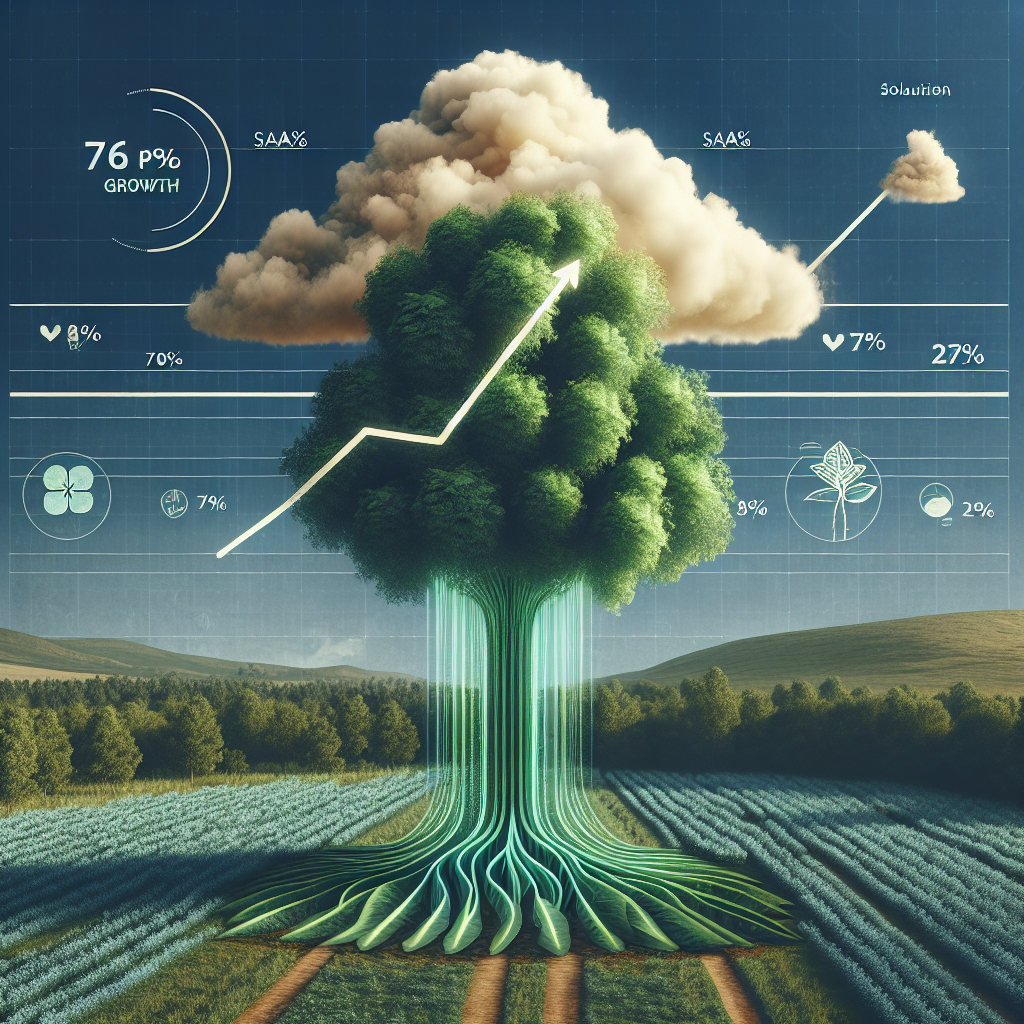In a recent scientific discovery that could have profound implications for climate science and Arctic ecosystems, researchers have found that minuscule algae known as diatoms are capable of movement within the frozen expanse of sea ice. This finding, as first reported by startupnews.fyi in their article “Scientists Stunned as Tiny Algae Keep Moving Inside Arctic Ice,” sheds light on a previously underestimated survival strategy of these organisms in one of Earth’s harshest environments.
Diatoms are a major group of algae and are among the most common types of phytoplankton. Most notably, they are known for their unique ability to conduct photosynthesis much like plants, acting as a significant source of oxygen and a foundational component of marine food chains. Typically, these organisms have been spotted in the watery realms beneath ice or in open waters. The discovery that they can also move and survive within the ice itself suggests an adaptive resilience that may be crucial for understanding ecological shifts in polar regions amid rising global temperatures.
The team behind this research utilized advanced imaging techniques and microscale GPS tracking to observe the diatoms’ movement, which appears to be facilitated by brine channels within the ice. These channels, microscopic in size, form as salts are expelled from freezing water and create a network of liquid-filled tunnels in the ice. In temperatures that can plummet below minus 20 degrees Celsius, these channels become critical lifelines for the diatoms.
Scientists speculate that the ability of diatoms to navigate these icy mazes could play a vital role in their lifecycle, enabling them to access nutrients and light necessary for their survival and reproduction during the winter months. Moreover, this movement allows them to position themselves optimally as the ice melts during warmer seasons, ready to kickstart the spring bloom essential to the Arctic food web.
These findings are pivotal because they add a dynamic component to our understanding of life in frozen environments, traditionally viewed as static habitats where biological activity is severely halted during winter. The implications extend beyond biology; they could influence climate models that need to account for biological contributions to greenhouse gas fluxes in cold regions.
By influencing the carbon cycle, these microalgae may also impact local and global climate systems. This is particularly significant in the context of the Arctic, a region that is warming twice as fast as the global average, leading to dramatic losses in sea ice cover. Understanding how integral components of the Arctic ecosystem like diatoms adapt to and influence their changing environment could be key to predicting future climate scenarios.
Continued exploration and study of these tiny yet remarkable organisms will likely provide further insights into the resilience and adaptability of life, offering broader lessons for ecological management and conservation strategies in the face of global climate change. The interdisciplinary approach combining molecular biology, climatology, and oceanography underscores the complexity of interrelated natural systems and highlights the importance of innovative scientific methods in unraveling these relationships.



